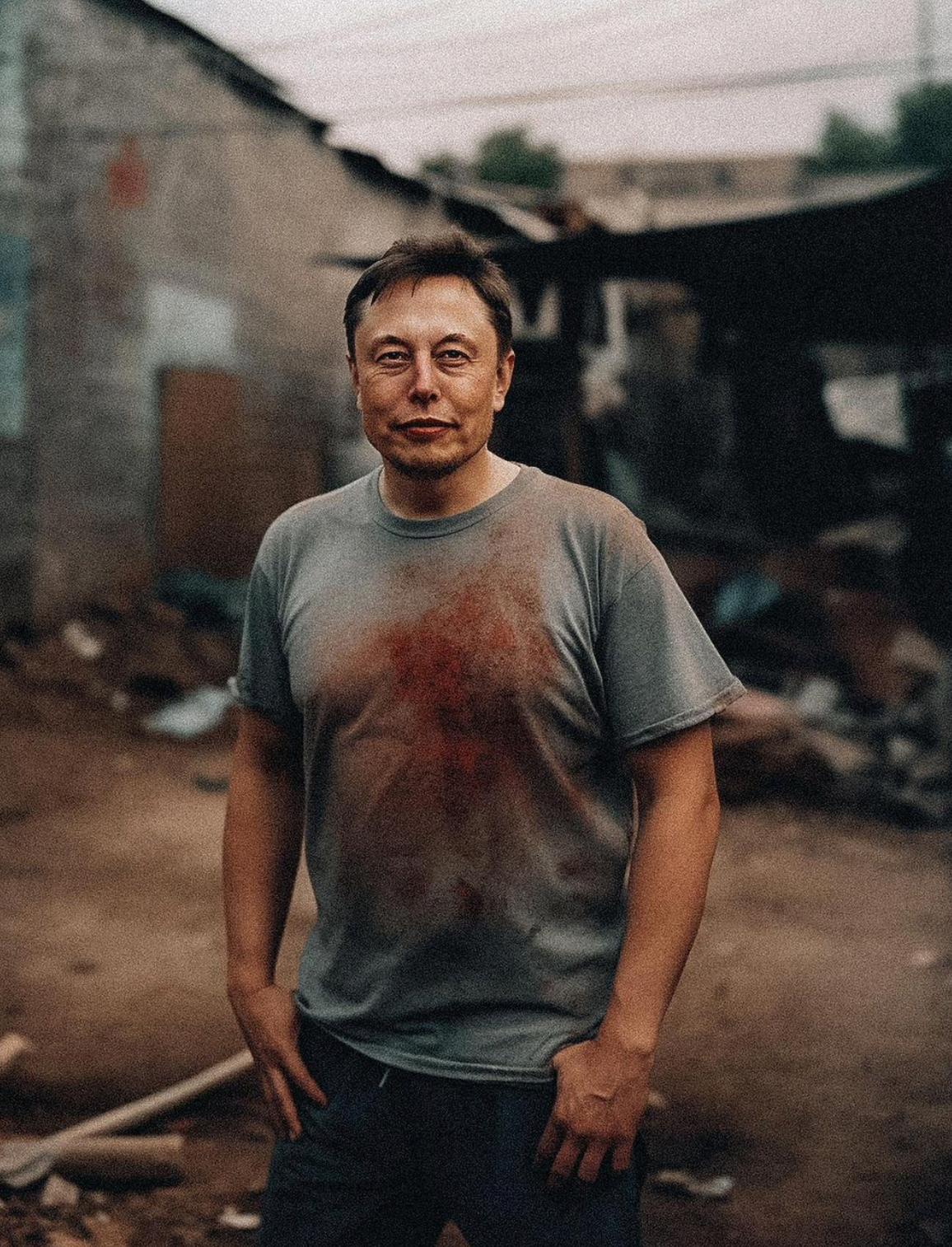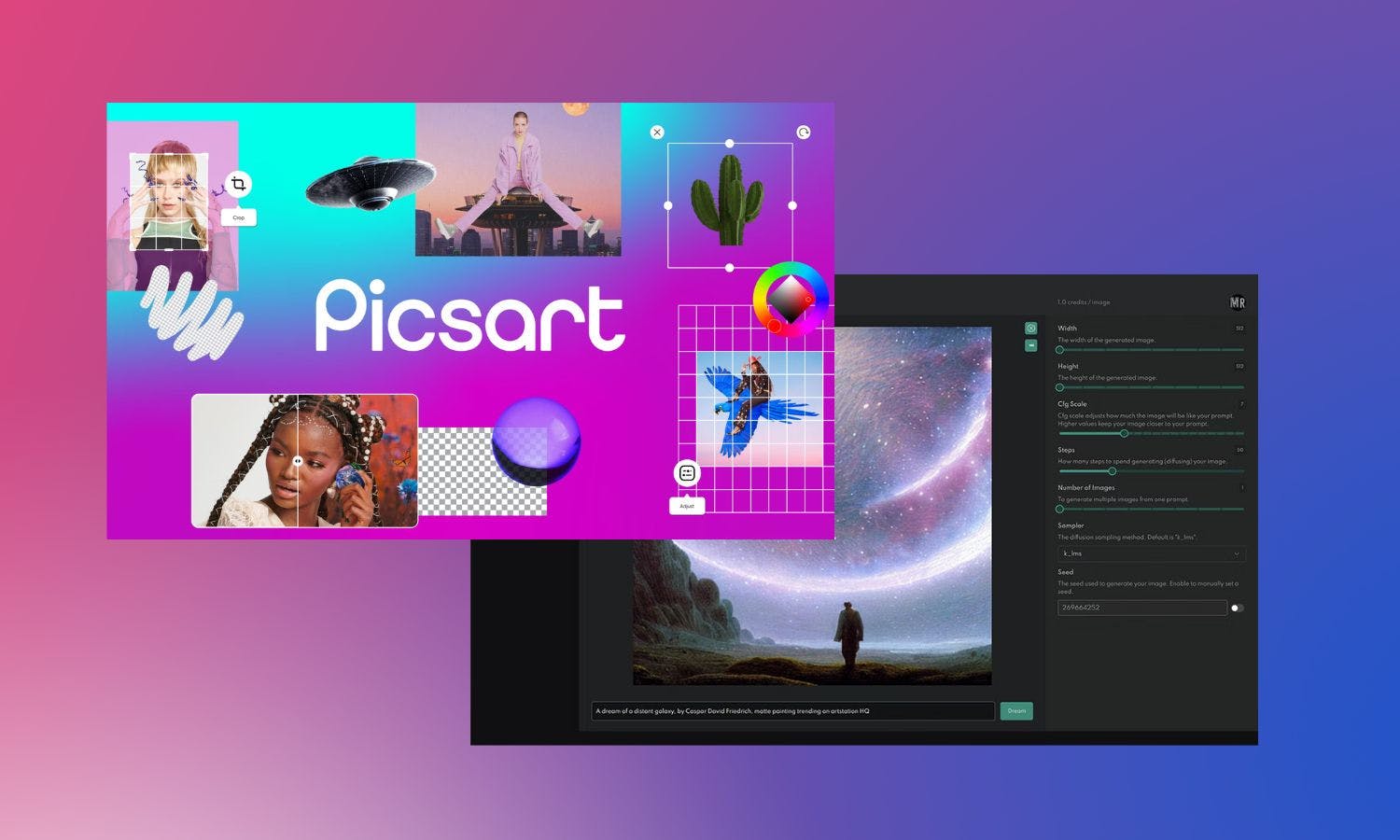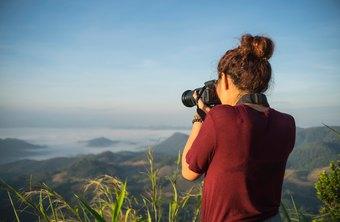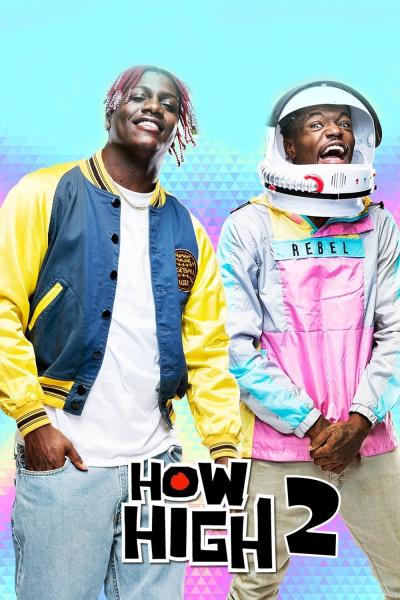AI image generators are a fascinating fusion of technology and creativity, where artificial intelligence is employed to create visual art. These generators leverage complex algorithms, often based on neural networks, to process and generate images. The core of these systems lies in their ability to learn from a vast array of existing art styles, patterns, and techniques.The process begins with what is known as
Machine Learning (ML), where AI is trained using large datasets of images. These datasets can range from classical paintings to modern digital art. The AI learns various art elements like texture, color, and form. This training enables the AI to recognize and replicate artistic styles or even create new, unique art pieces.Here's a simplified breakdown of how AI image generators typically work:
- Data Input: Large datasets of images are fed into the AI model to train it.
- Learning Phase: The AI analyzes this data, understanding different artistic elements and styles.
- Generation Phase: Once trained, the AI can generate new images based on specific inputs or prompts provided by the user.
There are different types of AI image generators, each employing unique approaches:
| Type | Description | Example Usage |
|---|
| Generative Adversarial Networks (GANs) | Uses two neural networks, one to create images and the other to evaluate them. | Creating realistic human portraits. |
| Variational Autoencoders (VAEs) | Focuses on encoding and decoding images to generate new ones. | Altering facial expressions in photographs. |
| Transformer Models | Employs attention mechanisms to generate detailed and coherent images. | Generating complex scenes from textual descriptions. |
The applications of
AI image generators are vast, ranging from
graphic design and
advertising to
entertainment and
academic research. These tools not only streamline the creative process but also empower individuals to express their creativity without needing extensive artistic training. As technology advances, we can expect even more sophisticated and versatile AI art tools, making the field of digital art more exciting and accessible than ever before.

In the rapidly evolving world of digital art, free AI image generators have emerged as a game-changer for creators and enthusiasts alike. These tools offer the power of AI-driven art creation without the cost barrier, making them accessible to a wide audience. Whether for professional projects, educational purposes, or personal experimentation, these free platforms provide a wealth of creative possibilities.Let's explore some of the most popular free AI image generators available today:
| Name | Features | Best For |
|---|
| DeepArt | Uses deep neural networks to replicate famous art styles. | Transforming photos into classical art pieces. |
| Deep Dream Generator | Creates dream-like images by enhancing patterns. | Surreal and abstract art creations. |
| RunwayML | Offers an easy-to-use interface with diverse models. | Beginners and educational purposes. |
| This Person Does Not Exist | Generates realistic human faces using GANs. | Creating fictional character portraits. |
While using these free tools, it's essential to understand their limitations and strengths:
- Quality and Resolution: Some free generators may produce lower resolution images, suitable for digital viewing but not for high-quality prints.
- Customization: Advanced customization options might be limited compared to paid software, but they still offer a significant degree of creative control.
- Usage Rights: Always check the usage rights and licenses associated with the generated images, especially for commercial use.
Besides these individual platforms, numerous online communities and forums are dedicated to AI art. These communities are valuable resources for tips, inspiration, and support, especially for those just starting in AI-generated art.In conclusion, free AI image generators democratize the art creation process, allowing anyone to dabble in digital art creation. As these tools continue to evolve, they will undoubtedly open up even more creative avenues for artists and non-artists alike, further blurring the lines between technology and traditional art forms.
Benefits of Using AI for Art Creation
The integration of AI into the realm of art creation has not only expanded the boundaries of artistic expression but also introduced a plethora of benefits for creators of all skill levels. Here, we explore the significant advantages that AI brings to the art world.
- Enhanced Creativity and Innovation: AI algorithms can process and combine a myriad of styles and techniques, leading to unique and innovative art forms. This fusion of different artistic elements can inspire artists, pushing the limits of traditional creativity.
- Accessibility for Non-Artists: One of the most significant benefits of AI art generators is their ability to enable individuals without formal artistic training to create visually appealing artworks. This democratization of art creation opens up new opportunities for personal and professional expression.
- Time and Resource Efficiency: AI art tools can significantly reduce the time and resources required to create complex artworks. They provide a quick way to generate visuals, which is particularly beneficial in fields like graphic design and advertising.
- Experimentation and Learning: Artists and enthusiasts can experiment with various styles and techniques without the need for extensive materials or training. This experimentation can be a valuable learning tool, especially for those exploring new artistic directions.
- Personalization and Customization: AI art generators can create personalized art based on specific inputs or criteria, making them ideal for custom artwork creations, such as personalized gifts or tailored marketing materials.
- Artistic Collaboration: AI can be seen as a collaborative partner in the creative process, offering new perspectives and ideas that can enhance an artist's work and spark new forms of collaborative art.
Furthermore, the use of AI in art has implications beyond individual creation:
- Artistic Analysis and Study: AI can analyze and categorize art styles and trends, providing valuable insights for art historians and scholars.
- Innovative Educational Tools: AI art generators serve as excellent educational tools, helping students understand artistic concepts and styles through interactive experiences.
In summary, AI's integration into art creation represents a groundbreaking shift in how we perceive and create art. It extends artistic capabilities, democratizes art creation, and paves the way for unprecedented forms of expression and collaboration.
Free AI image generators are powerful tools for creating digital art, but using them effectively requires some understanding and strategy. Whether you're a beginner or an experienced artist, these tips will help you get the most out of these innovative tools.
- Understand the Tool's Capabilities: Begin by familiarizing yourself with the specific AI image generator you are using. Understand its strengths, limitations, and the types of images it produces best. This knowledge will help you set realistic expectations for your projects.
- Start with Clear Objectives: Define what you want to achieve with your AI-generated artwork. Whether it's creating abstract art, realistic images, or experimenting with different styles, having a clear goal will guide your process.
- Experiment with Different Prompts: AI image generators often work with textual prompts or input images. Experiment with a variety of prompts to see how changes in wording or imagery affect the output. This experimentation can lead to surprising and inspiring results.
- Refine and Iterate: Rarely does an AI generator create the perfect image on the first try. Be prepared to refine your prompts and experiment with different settings or parameters to achieve your desired outcome.
- Combine AI Art with Traditional Techniques: Consider using AI-generated images as a starting point and then refine or enhance them using traditional digital art tools. This combination can lead to unique and personal artworks.
- Stay Informed About Updates: AI technology is constantly evolving. Keep yourself updated on new features or improvements in your chosen AI image generator to take advantage of the latest capabilities.
It's also important to consider the ethical and legal aspects of using AI-generated images:
- Respect Copyright and Usage Rights: Always be aware of the terms of use for the AI tool and the images it generates, especially if you plan to use them for commercial purposes.
- Credit the Tool: When appropriate, credit the AI image generator you used. This acknowledgment is especially important in professional or public-facing projects.
In conclusion, effectively using free AI image generators involves a blend of creativity, experimentation, and understanding of the tool's capabilities and limitations. By following these guidelines, you can harness the full potential of AI to create compelling and unique artworks.
With the burgeoning number of AI image generators available, it can be challenging to choose the one that best suits your needs. To aid in this decision, let's compare some of the popular AI image generators, highlighting their features, strengths, and ideal use cases.
| Name | Key Features | Strengths | Ideal Use |
|---|
| DeepArt | Transforms photos into artworks in the style of famous painters. | High-quality art style transformations. | Art enthusiasts looking to replicate classical styles. |
| Deep Dream Generator | Creates surreal, dream-like images. | Unique pattern and texture enhancements. | Creating abstract and psychedelic art. |
| RunwayML | User-friendly interface with diverse model options. | Accessibility for beginners and versatility. | Beginners and educational purposes. |
| This Person Does Not Exist | Generates realistic human faces using GANs. | Creation of hyper-realistic human portraits. | Designers and creators needing human images. |
When comparing these tools, consider the following aspects:
- Image Quality: Some generators specialize in high-resolution images, while others may offer lower resolution but more artistic styles.
- User Interface: The ease of use can vary significantly. Some tools are designed with beginners in mind, offering a more intuitive experience.
- Customization Options: The ability to fine-tune the output can be crucial, depending on your project requirements.
- Processing Time: The time taken to generate an image can vary, which might be a consideration for time-sensitive projects.
- Output Variety: Different tools offer different types of outputs, from realistic portraits to abstract art.
In summary, each AI image generator has its unique set of features and strengths. Your choice should align with your artistic goals, the style of art you wish to create, and your level of expertise in using such tools. By considering these factors, you can select the AI art generator that best fits your creative vision.
Creative Ideas for AI-Generated Art
AI-generated art opens up a world of possibilities for creativity and experimentation. Whether you're a seasoned artist, a hobbyist, or someone exploring the intersection of technology and art, there are countless ways to leverage AI for artistic expression. Here are some creative ideas to inspire your next AI art project:
- Personalized Portraits: Use AI to transform photographs into unique portraits. You can experiment with different artistic styles, from impressionism to surrealism, to create personalized artwork.
- Fantasy Landscapes: Create imaginative landscapes that defy the laws of physics and reality. AI can help you design otherworldly scenes, combining elements from various environments in unusual ways.
- Abstract Art: Experiment with colors, shapes, and textures to produce abstract art. AI algorithms can be a tool for exploring abstract expressions that might not be easily achievable by hand.
- Reimagining Historical Figures: Use AI to visualize historical figures in modern settings or styles, offering a unique blend of history and contemporary art.
- Story Illustrations: Generate illustrations for stories, poems, or songs. AI can help bring narratives to life with visual representations that enhance the storytelling.
- Fashion Design Concepts: Create innovative fashion designs, using AI to experiment with fabrics, patterns, and styles in ways that push the boundaries of traditional fashion design.
Beyond individual projects, AI-generated art can be used in various professional contexts:
- Branding and Marketing: Develop unique branding materials, such as logos, banners, and promotional artwork that stand out with AI's creative input.
- Interior Design: Create custom art pieces that complement interior design themes, offering clients personalized decor options.
- Entertainment Industry: Use AI art for movie posters, album covers, and concept art, adding a unique visual element to entertainment media.
Remember, the key to successful AI art creation lies in the synergy between the artist's vision and the AI's capabilities. By exploring these creative avenues and experimenting with different ideas, AI-generated art can be a powerful medium for artistic exploration and expression.
Legal and Ethical Considerations in AI Art
As AI-generated art becomes more prevalent, it's important to navigate the complex legal and ethical landscapes that surround it. Understanding these considerations is crucial for anyone involved in creating, sharing, or using AI-generated artwork. Here are key points to keep in mind:
- Intellectual Property Rights: AI-generated art raises questions about ownership and copyright. It's important to consider who owns the artwork: the creator of the AI algorithm, the user who provided the prompts, or the AI itself. Additionally, if your AI model was trained on copyrighted works, this could lead to legal issues.
- Attribution and Acknowledgment: Properly attributing the role of AI in art creation is important for transparency. Artists should disclose AI involvement in their works, especially in commercial contexts.
- Data Privacy: If your AI tool uses personal data (like photographs) for art creation, it's essential to ensure compliance with data protection laws such as GDPR. Users should be informed about how their data is used and stored.
- Plagiarism and Originality: There's a thin line between inspiration and plagiarism in AI art, especially since AI algorithms can reproduce styles and elements from existing artworks. Artists should strive to ensure their AI-generated art maintains a level of originality.
- Use of AI in Artistic Communities: The rise of AI art tools has sparked debates in artistic communities. Some view AI as a tool for democratizing art creation, while others fear it could devalue human artistic skills. Balancing these perspectives is a delicate ethical matter.
To navigate these issues, consider the following guidelines:
- Stay Informed: Keep abreast of the evolving legal landscape regarding AI and copyright laws.
- Use Ethical AI Tools: Choose AI art tools that are transparent about their data use policies and intellectual property practices.
- Respect Artistic Integrity: Use AI as a tool to enhance creativity, not to replace human artistry or plagiarize existing works.
In conclusion, while AI art presents exciting opportunities for creativity, it's essential to approach its use with an understanding of the legal and ethical implications. By doing so, artists and users can explore the potentials of AI-generated art responsibly and ethically.
FAQ: Free AI Image Generators
Here are some frequently asked questions about free AI image generators to help you better understand these tools and their capabilities.
- What is an AI image generator?
An AI image generator is a tool that uses artificial intelligence algorithms, often based on machine learning techniques like neural networks, to create or manipulate images. These generators can produce new images from textual descriptions, modify existing images, or generate art in various styles.
- Is AI-generated art truly original?
This is a subject of debate. While AI can create unique compositions, its output is based on the data it has been trained on. Therefore, AI-generated art can be considered original in its composition but derivative in its style and elements.
- Can I use AI-generated images for commercial purposes?
This depends on the terms of service of the specific AI image generator and the rights they grant. Some tools allow commercial use of the images created, while others may restrict it. Always check the licensing agreement of the tool you are using.
- Do I need special skills to use AI image generators?
Most AI image generators are user-friendly and do not require advanced technical skills. Basic knowledge of how to input prompts or modify parameters may be helpful to get the desired results.
- How do AI image generators impact traditional art and artists?
AI image generators offer new tools for creativity, potentially expanding the horizons of traditional art. However, they also raise questions about the value of human-made art and the future role of artists. The impact on the art world is ongoing and multifaceted.
- Are there ethical concerns with using AI to generate images?
Yes, there are ethical concerns, particularly regarding data privacy, intellectual property rights, and the potential for AI to replicate and disseminate copyrighted or sensitive material without proper authorization or attribution.
Conclusion: Embracing the Future of Art with AI
In conclusion, the advent of AI image generators marks a significant milestone in the evolution of art and creativity. These tools offer unprecedented opportunities for artists, designers, and hobbyists alike, enabling the creation of unique, compelling visuals with ease and efficiency. As we've explored, the benefits range from accessibility and versatility to the ability to generate art that transcends traditional boundaries.However, it's crucial to approach this new technology with an awareness of the legal and ethical considerations it entails. As users and creators, respecting intellectual property rights, ensuring originality, and maintaining transparency about AI's role in the creative process are essential practices.As we look towards the future, AI art generation promises to continue evolving, bringing even more sophisticated and diverse capabilities. This evolution will undoubtedly spark further debates and discussions about the nature of art and creativity. Yet, one thing remains clear: AI-generated art is not just a fleeting trend but a transformative force in the artistic landscape, opening doors to uncharted territories of human expression.Whether you're an experienced artist or just beginning to explore the world of digital art, the potential of AI image generators is vast and ripe for exploration. By embracing these tools with curiosity, responsibility, and creativity, we can all be part of shaping a vibrant, inclusive, and exciting future for art.
 In the rapidly evolving world of digital art, free AI image generators have emerged as a game-changer for creators and enthusiasts alike. These tools offer the power of AI-driven art creation without the cost barrier, making them accessible to a wide audience. Whether for professional projects, educational purposes, or personal experimentation, these free platforms provide a wealth of creative possibilities.Let's explore some of the most popular free AI image generators available today:
In the rapidly evolving world of digital art, free AI image generators have emerged as a game-changer for creators and enthusiasts alike. These tools offer the power of AI-driven art creation without the cost barrier, making them accessible to a wide audience. Whether for professional projects, educational purposes, or personal experimentation, these free platforms provide a wealth of creative possibilities.Let's explore some of the most popular free AI image generators available today:
 admin
admin








